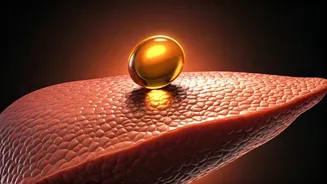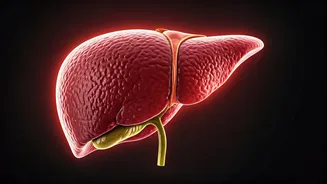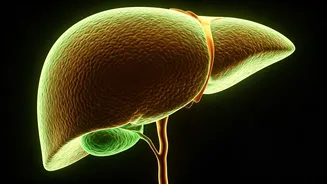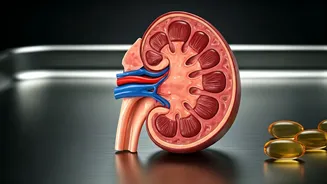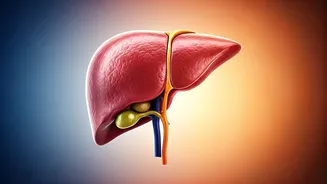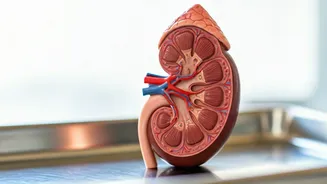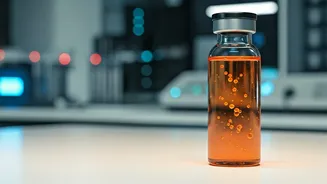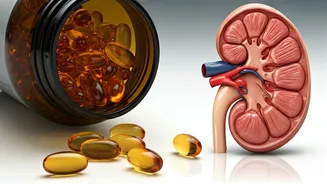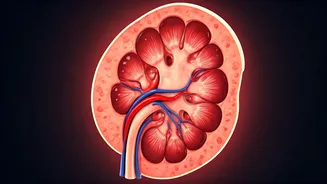Vitamin D: Essential
Vitamin D, vital for numerous bodily functions, is commonly obtained through sun exposure, certain foods, and supplements. However, excessive intake, particularly
through supplements, can lead to a condition known as vitamin D toxicity, also referred to as hypervitaminosis D. Unlike vitamin D deficiency, which is widespread, toxicity is less common but poses serious health risks. It's a consequence of accumulating too much vitamin D in the body, leading to elevated blood calcium levels, or hypercalcemia. This, in turn, can cause various symptoms and complications, making it essential to understand its causes and potential outcomes for effective management and prevention.
Causes of Toxicity
The primary cause of vitamin D toxicity is excessive intake, predominantly from supplements. While sun exposure allows the body to regulate vitamin D production, consuming large doses through supplements can overwhelm the body's control mechanisms. The body stores excess vitamin D in fat tissues, which can lead to prolonged high levels. Furthermore, consuming fortified foods in combination with supplements can exacerbate this. Unlike other vitamins, there is no established upper limit for vitamin D from sun exposure. Hence, the key to avoiding toxicity is to monitor supplement intake, adhering to recommended dosages, and consulting with a healthcare provider before starting or changing any supplement regimen. This ensures safe and appropriate vitamin D levels and minimizes the risk of adverse effects.
Signs & Symptoms
The symptoms of vitamin D toxicity can vary, but they often involve gastrointestinal issues, neurological disturbances, and kidney-related problems. Common initial signs include nausea, vomiting, and loss of appetite. As toxicity progresses, symptoms may intensify to include weakness, fatigue, and abdominal pain. Elevated calcium levels from excess vitamin D can lead to frequent urination, and excessive thirst. In severe cases, vitamin D toxicity can cause kidney damage, kidney stones, and even cardiac arrhythmias. Recognizing these symptoms early and seeking medical advice is crucial to prevent serious complications. Regular blood tests can help monitor vitamin D levels and catch any signs of toxicity before they develop into more severe conditions.
Reversing Toxicity
Addressing vitamin D toxicity primarily involves stopping the intake of vitamin D supplements and restricting dietary sources rich in the vitamin. Monitoring calcium levels and kidney function through blood tests is essential. In some cases, healthcare providers may recommend intravenous fluids to increase hydration and flush out excess calcium from the body. Medications like corticosteroids or bisphosphonates might be used to reduce calcium levels. Regular follow-up appointments are crucial to monitor progress. The goal is to bring vitamin D and calcium levels back to a safe range and prevent long-term health issues. This requires a multi-faceted approach that includes medical interventions, dietary adjustments, and consistent monitoring to reverse the effects of vitamin D toxicity.
Prevention Strategies
The most effective approach to prevent vitamin D toxicity involves mindful supplement intake. Adhering to recommended daily allowances and consulting with a healthcare provider before starting any supplement regimen are key. The appropriate dosage of vitamin D varies based on individual factors such as age, health conditions, and sun exposure levels. Regular blood tests can help monitor vitamin D levels, allowing for timely adjustments in supplementation as needed. It's also wise to be aware of foods fortified with vitamin D, to avoid overconsumption. Prioritizing a balanced diet, getting adequate sunlight exposure, and regularly consulting with a healthcare provider are vital components of a proactive strategy that supports healthy vitamin D levels and minimizes the risk of toxicity.
